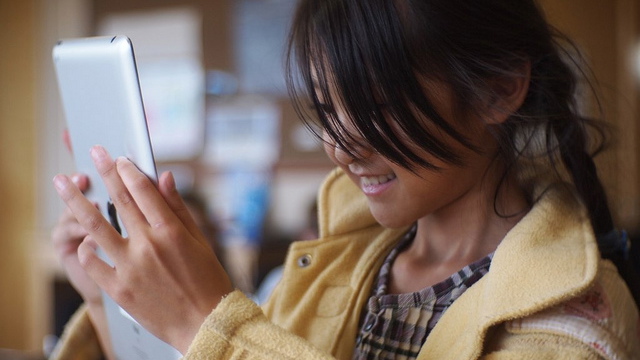By Justin Reich
Imagine walking up to a stream. On the far side lies our ideal learning environment -- student-centric, inquiry-based, resource-rich -- our Someday. A series of stepping stones indicates a way across. These are our Mondays; achievable objectives interspersed across a torrent of new technologies, practices, and theories. This Someday/Monday dichotomy captures one of the core challenges in teacher professional development around educational technology. As we look across to the opposite bank, we can see that the deep integration of new learning technologies into classrooms requires substantially rethinking pedagogy, curriculum, assessment, and teacher practice (Someday). However, as teachers, we need stepping stones (Mondays), and one of the easiest ways to gain experience with emerging tools is through individual projects or units. Teachers recognize the need to imagine a new future, to move towards the creation of innovative learning environments that provide our students with the best possible experience (Someday). In the meantime, we seek out a path of connected Mondays.
In this four-part series, we are using the Someday/Monday concept to explore four dimensions of using tablets, such as iPads, in educational settings. We will do this by examining how teachers can take students on a journey from the consumption of media to curation, creation, and connection. In the first part of this series, we used the Someday/Monday template to explore Consumption. During the second, we examined Curation and the evolving role of the teacher as a curator of learning objects. This week, we will address Creation, examining what is possible when we empower students and teachers as innovators with iPads and other mobile devices.
PART III: CREATION
For centuries, a central role in education has been the creation of new content as a representation of understanding. Whether students used quill and ink, crayons and poster board, or keyboards and mice, this concept of creating dates back to the beginning of learning.
Seymour Papert, the developer of the LOGO computing language, begins his landmark book Mindstorms with a story about gears he played with as a child. The tangible experience of working with gears accelerated his understanding of physics in a way that would have been much harder with only books and lectures. He refers to gears as “objects-to-think-with,” and his theory of constructionism holds, in its heart, the idea that humans find it easier to construct understanding if they use objects-to-think-with. Papert thought of computers, with their flexible, multifaceted capacities, as one of the premier objects to think with. Things made more sense to young people when they could manipulate and engage for themselves, either in directly digital ways or by controlling objects in the physical world.


